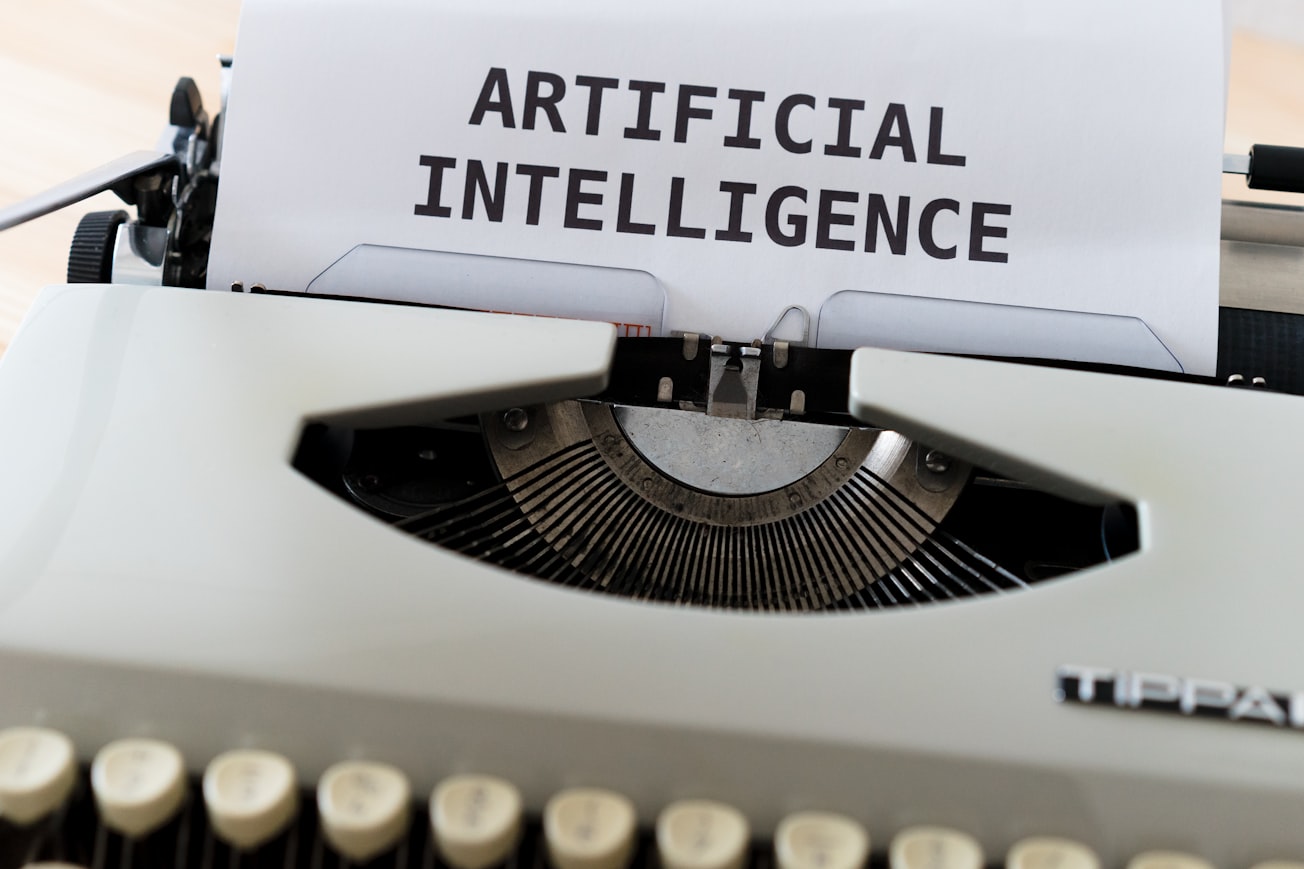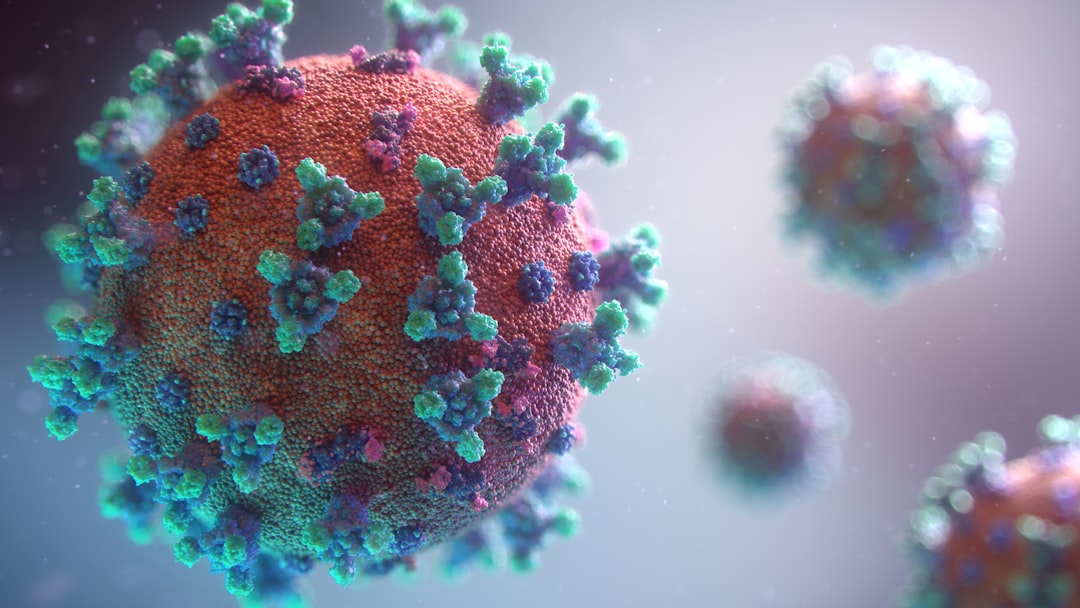What is it about?
Texture features are designed to quantitatively evaluate patterns of spatial distribution of image pixels for purposes of image analysis and interpretation. Unexplained variations in the texture patterns often lead to misinterpretation and undesirable consequences in medical image analysis. In this paper we explore the ability of machine learning (ML) methods to design a radiology test of Osteoarthritis (OA) at early stage when the number of patients’ cases is small. In our experiments we use high-resolution X-ray images of knees in patients which were identified with Kellgren–Lawrence scores progressing from 1.
Featured Image

Photo by Markus Winkler on Unsplash
Why is it important?
The existing ML methods have provided a limited diagnostic accuracy, whilst the proposed Group Method of Data Handling strategy of Deep Learning has significantly extended the diagnostic test. The comparative experiments demonstrate that the proposed framework using the Zernike-based texture features has significantly improved the diagnostic accuracy on average by 11%.
Perspectives
Texture features are used for the representation of image patterns observed as spacial distributions of pixels. Unexplained variations in the texture features lead to misinterpretation and undesirable consequences.
Professor Sergey Viktorovich Minaev
Stavropol State Medical University
Read the Original
This page is a summary of: Deep learning for early detection of pathological changes in X-ray bone microstructures: case of osteoarthritis, Scientific Reports, January 2021, Springer Science + Business Media,
DOI: 10.1038/s41598-021-81786-4.
You can read the full text:
Resources
Contributors
The following have contributed to this page










